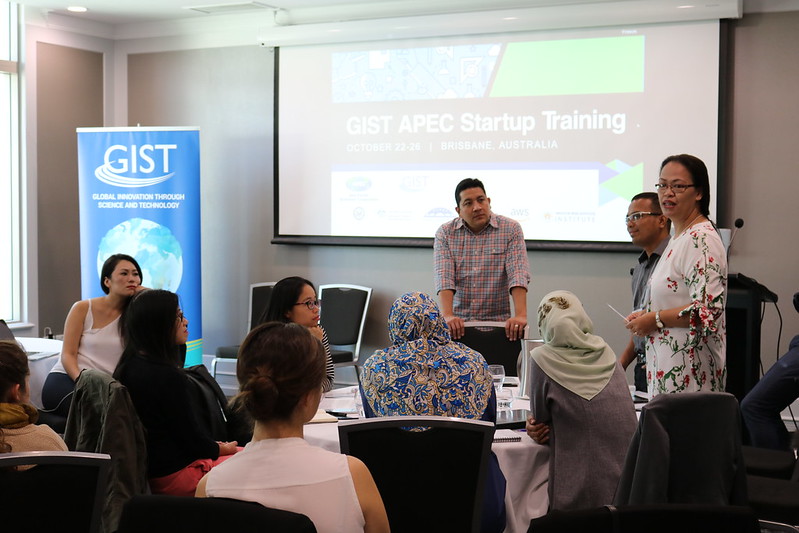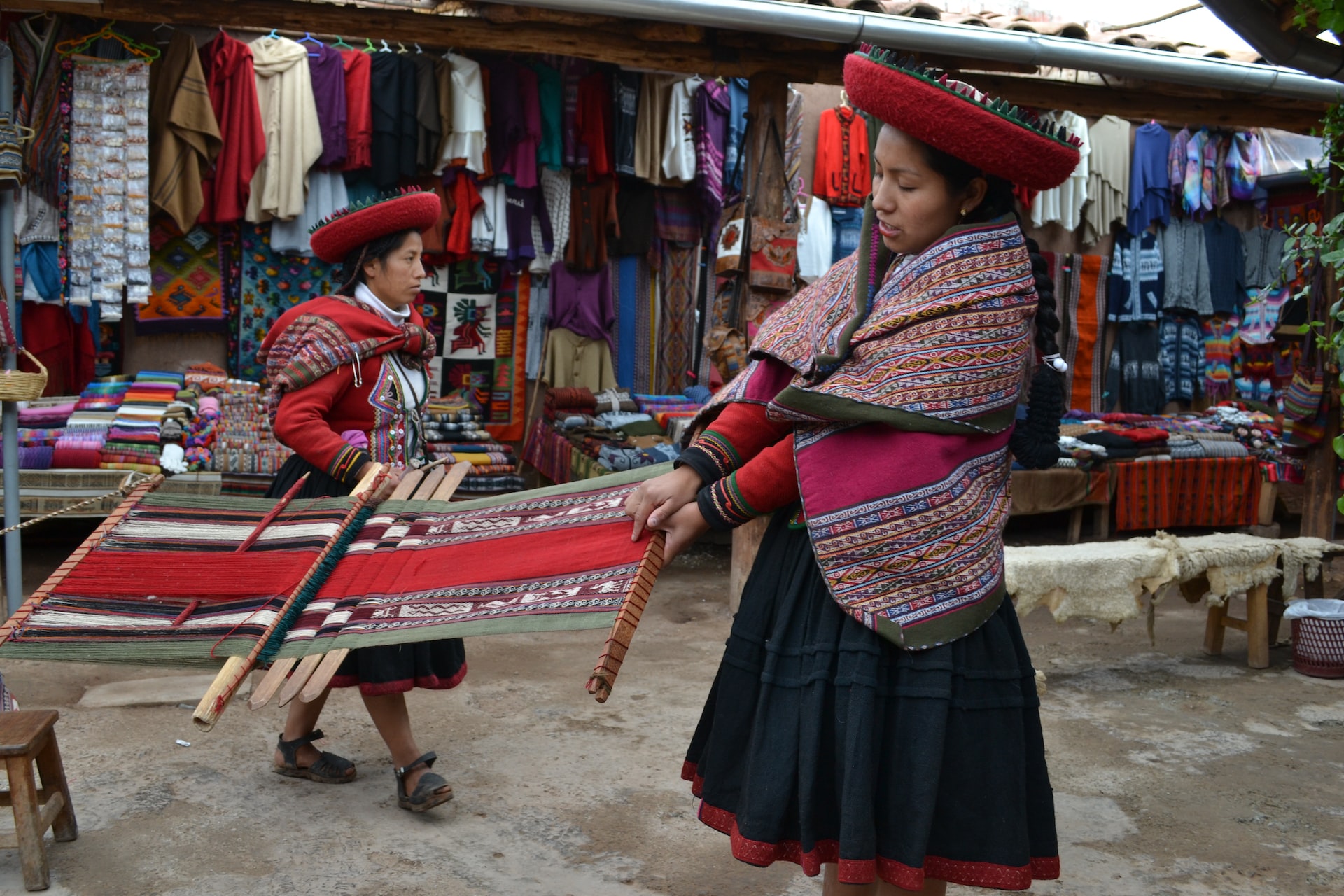The Future of Pacific Innovation
From Asia to Latin America, for these economies the best is yet to come.
Pacific Innovation: Challenges and Opportunities
GIST is proud to host our next CATALYST pitch showcase in Bangkok, Thailand- the 2022 CATALYST is going to be one of our most impactful yet, advancing women in innovation from emerging Pacific economies, from Vietnam to Mexico. Pacific economies make up a sizable portion of the economies GIST supports innovators in, and for good reason. The innovation happening in these places is extraordinary, and increasing by leaps and bounds every day. From pitch showcases to investor trainings, business incubation to the Innovation Hub Network, we are working to connect Pacific innovation with the tools and platforms it needs to thrive, on all fronts.

What connects the economies of the Pacific?
The Catalyst | Asia-Pacific competition will focus on 9 different countries: Chile, Indonesia, Malaysia, Mexico, Papua New Guinea, Peru, The Republic of the Philippines, Thailand, and Vietnam. Each one of these places has a wholly unique identity, with individual opportunities, challenges, and aspirations. Yet, beyond sharing a connected ocean, there are threads which connect them: a unique position within global innovation, shared challenges which can be overcome with collaboration and connection, and an exciting and essential part to play in fostering a more equitable, resilient, and sustainable future for global innovation. These countries can be organized into two distinct regional categories, Asia and Latin America. Yet, despite the distance and differences between these regions, they offer essential lessons, insights, and opportunity for deeper, more meaningful connections within the innovation economy.
For their part, the “Pacific Pumas” as they are often known, or the Latin American economies on the pacific coast, are a particularly robust space for entrepreneurial activity. These economies represent more than 200 million people with a US$2.22 trillion GDP; their combined global trade accounts for half of the Latin American total, while the depth and breadth of their free-trade agreements have positioned them to increase commerce with Europe, the US and Asia. Within the Indo-Pacific region, the GIST Initiative is just one part of a new era of closer collaboration and connection with America- we are proud to host this event against the backdrop of President Biden launching the Indo-Pacific Economic Framework for Prosperity (IPEF), an exciting and inspiring start to a new era of entwined mutual prosperity.
Within these two, highly distinct regions, there are in fact some meaningful similarities and need for greater connection. Some of the challenges faced by Pacific Latin America bear striking resemblance to Pacific Asia, each at a similar intersection of fostering local intraregional trade and collaboration, while furthering interregional international connection.

What Are The Shared Pacific Regional Challenges, Trends, and Opportunities?

A young and enterprising rising generation and emerging workforce
One trend that these regions share is a new generation of young people who are entering the workforce, one which is digitally native and has come of age in the era of pandemic and climate change. The emerging workforce of Asia-Pacific and Pacific Latin America share some challenges, like a lack of access to digital infrastructure for remote work, or a robust safety net that equitably tackles gender, yet similar opportunities emerge as well- with a more inclusive and innovation-minded young generation ready to tackle some of the biggest challenges of our era.

Resilient pandemic recovery
While the world emerges from the worst of the pandemic, many of the lasting inequities persist, especially for small or developing businesses. The economies of the Pacific share in global challenges, while also having unique obstacles and opportunities in fostering a recovery, with technology and equitable health access making meaningful economic difference.

Climate change and sustainable development
One key characteristic these Pacific economies share are rapidly growing and developing economies, but ones which are in many cases on the frontlines of a shifting climate. Not only economic development, but sustainable growth, has become a shared urgent concern for all of the Pacific economies, but one which deeper collaboration and regional cooperation, coupled with innovation, is working to meet.

Need for interregional holistic investment in innovative startups
One of the most pressing needs many of our innovators on the ground describe is the desire for more investment, particularly for women founders, as well as emerging innovative, but perhaps untested, technological development. Visionary and reliable investment is needed, and not only that, but one which comes from a shared regional perspective; Inter-Pacific mutual investment has the opportunity to give the next generation of innovators the tools and resources it needs to thrive.

Building equity and gender parity
Women play a key role in the future of the global economy, and Pacific emerging economies are no exception- with meaningful impacts on sustainability, the need for equitable access to a post-pandemic digital innovation economy is paramount, with new policies and perspectives on bridging the digital divide and allowing women to thrive as innovators and entrepreneurs.
The Work of the GIST Initiative in the Pacific
Fostering innovation across the emerging economies of the Pacific is a priority of the GIST Initiative. Learn more about our work supporting the innovators, investment community, and entrepreneurial ecosystems throughout this diverse and dynamic global region in Part 2 of our Pacific series!
